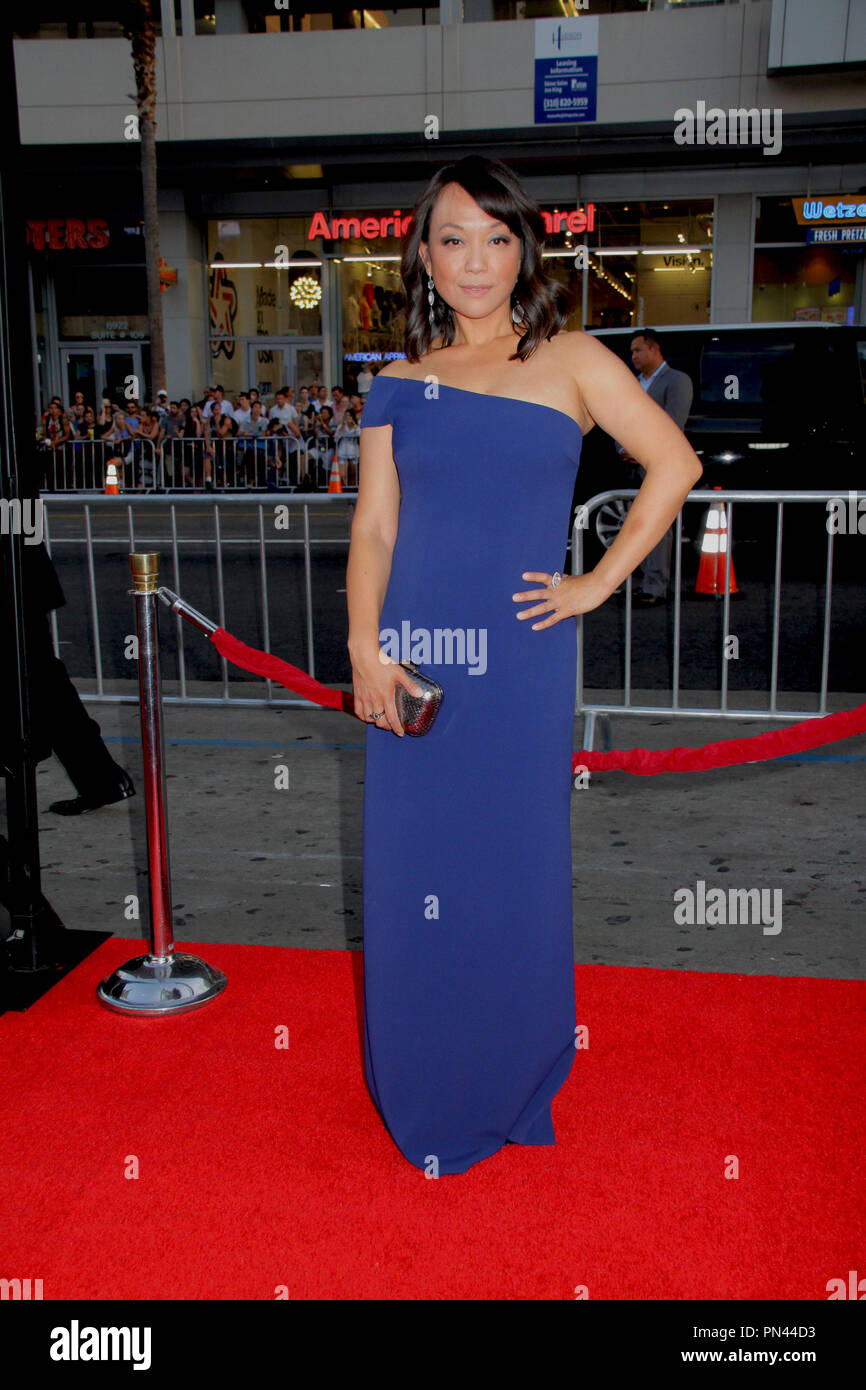
“This is something that we need to be frank and open (about) among ourselves.” “We in media have not yet done all that we can do,” said Exarchos, while claiming progress over the past 15 years. Women’s finals are held after men’s finals in volleyball and team handball.

More women’s and mixed gender events are on the Olympic program and are scheduled more prominently. The Olympic goals go beyond ending sexualized images, Exarchos said. Advice includes “do not focus unnecessarily on looks, clothing or intimate body parts” and reframing or deleting a “wardrobe malfunction … to respect the integrity of the athlete.” To achieve this, the IOC updated “Portrayal Guidelines” to steer all Olympic sports and their rights holders toward “gender-equal and fair” broadcasts of their events. “What we can do is to make sure that our coverage does not highlight or feature in any particular way what people are wearing,” Exarchos said. The International Olympic Committee does not govern those kinds of rules for individual sports, but it does run OBS and controls the broadcast output from Tokyo shown to the world.

They were fined for breaking clothing rules. At a European beach handball event, Norway’s women refused to play in bikini bottoms and instead wanted to wear skin-tight shorts.

Gymnasts from Germany sent a message against uniforms they believe exploit their sexuality by competing in Tokyo wearing unitards that covered their legs to the ankle.Ī stronger protest was made this month away from the Olympics.


 0 kommentar(er)
0 kommentar(er)
